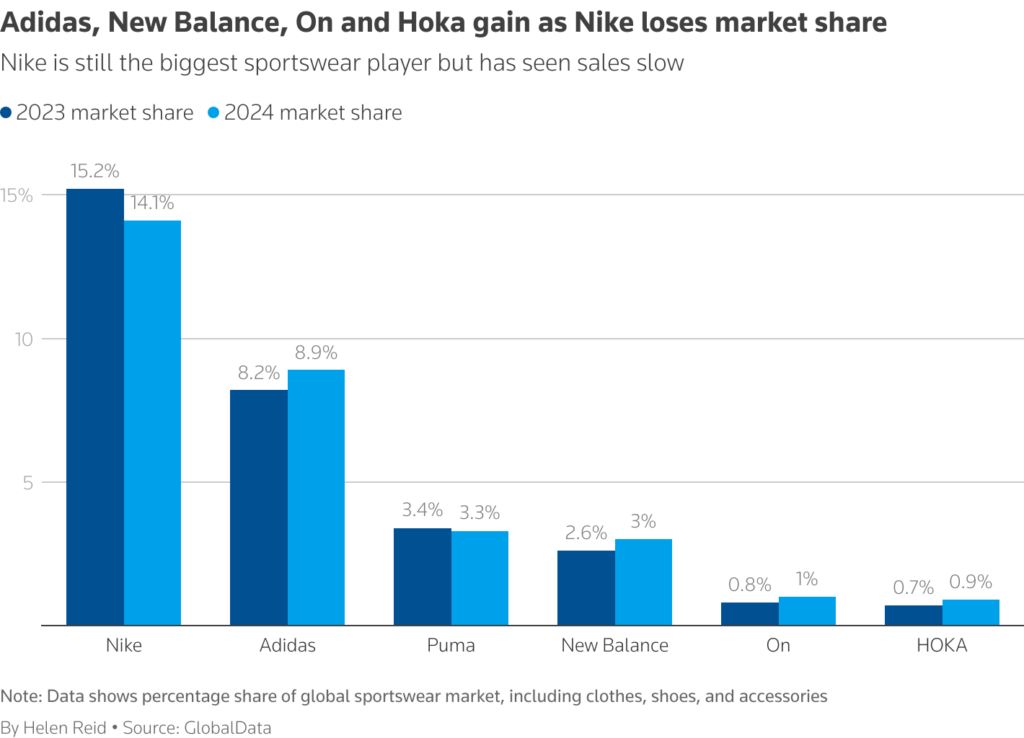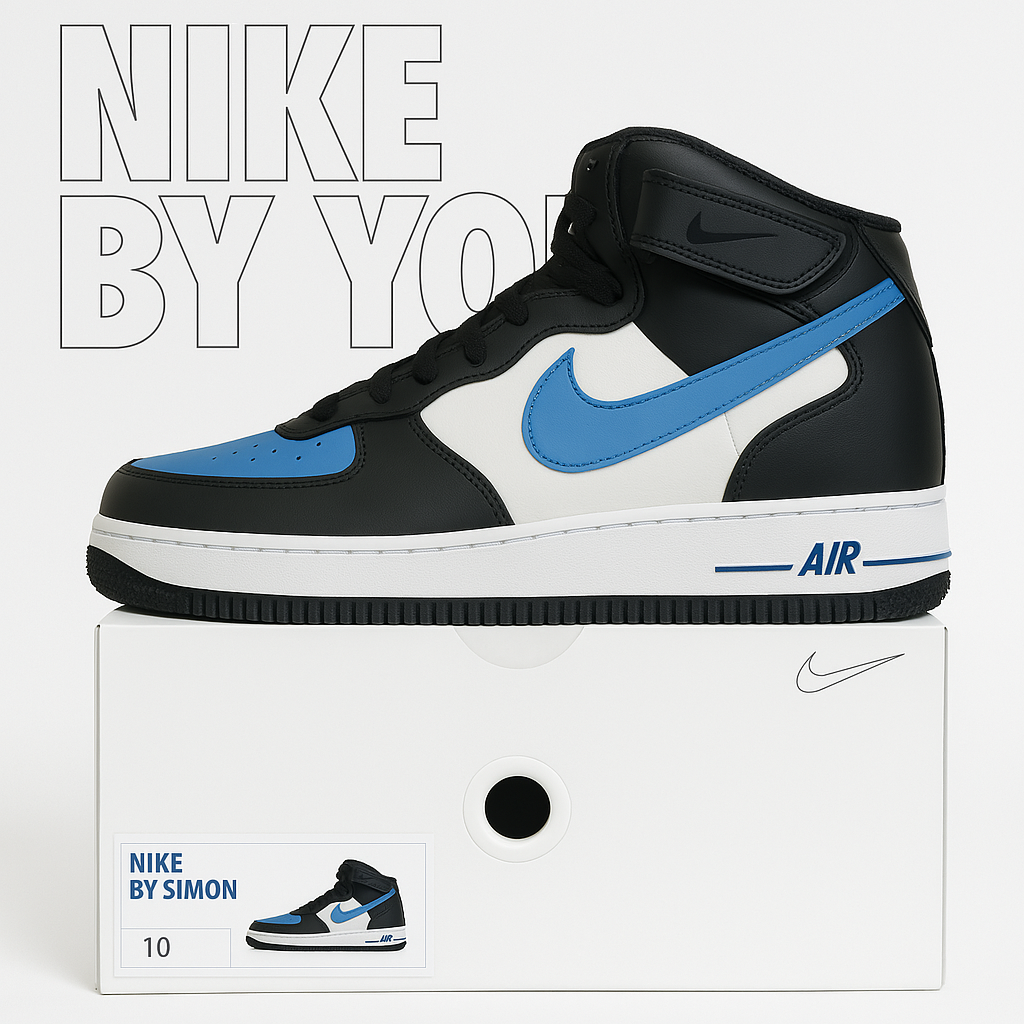Kids Are Not Dreaming Of Signature Hokas.
Why Nike Is Still Winning On Brand Culture
When you’re at the top, everyone wants to see you fall. That’s Nike.
A brand that didn’t just dominate its category, it reshaped what we expect from sport, culture, and identity.
What the Commentary Gets Wrong
A recent thread on Mark Ritson’s article about Nike’s turnaround got me thinking – not about market share, but about meaning.
Now, Mark Ritson’s article was, as usual, pretty spot-on, but there has been a lot of trash talking of the iconic sports brand recently – with various marketing ‘commentators’ blurting out fairly inaccurate LinkedIn posts, blog articles and the like, in the name of trying to look controversial, edgy and having something different to say – for the sake of it.
Nike’s made some big moves lately, including, from today, the quiet removal of its Nike By You program in Australia – a service that let people design their own shoes. Operationally, it makes sense: we’re a small market, and under new CEO (and Nike lifer) Elliot Hill, the company is stripping things back and re-focusing.
At the same time, the think-pieces and hot takes keep rolling in: “Nike’s lost its edge.”
“New brands are eating its lunch.”
“Nike is dying.”
Some of that holds truth. But a lot of it is just noise.
Nike’s market share is still substantial — 14.1% globally vs Adidas’ 8.9%. But like I said, this isn’t about market share.

Building Cultural Power
I’ve been obsessed with Nike since I was a kid.
Designing my own shoes was a childhood dream and Nike By You (formerly Nike ID) made that possible. But it wasn’t just about customisation. It was about identity.
It let me imagine what it might feel like to have a signature shoe, like I was, in some way, in the same creative orbit as Jordan, Agassi, Serena, Ronaldo.
There’s something deeply immersive about applying your own creativity to a brand you’ve always admired. It creates a sense of ownership, of kinship. You’re not just wearing the Swoosh, you’re contributing to it.
That’s the kind of cultural power we’re talking about. That’s why Nike is different. You feel like you’re part of the story.
Chasing The Swoosh
While brands like Hoka or On are gaining ground, they’re still playing a different game; one built on product, not meaning.
Kids aren’t dreaming of their first pair of Hokas.
They’re still chasing the Swoosh – just like I was nearly 40 years ago.
You don’t rebuild a brand like Nike with generic sales KPIs.
You rebuild it by reigniting belief.





